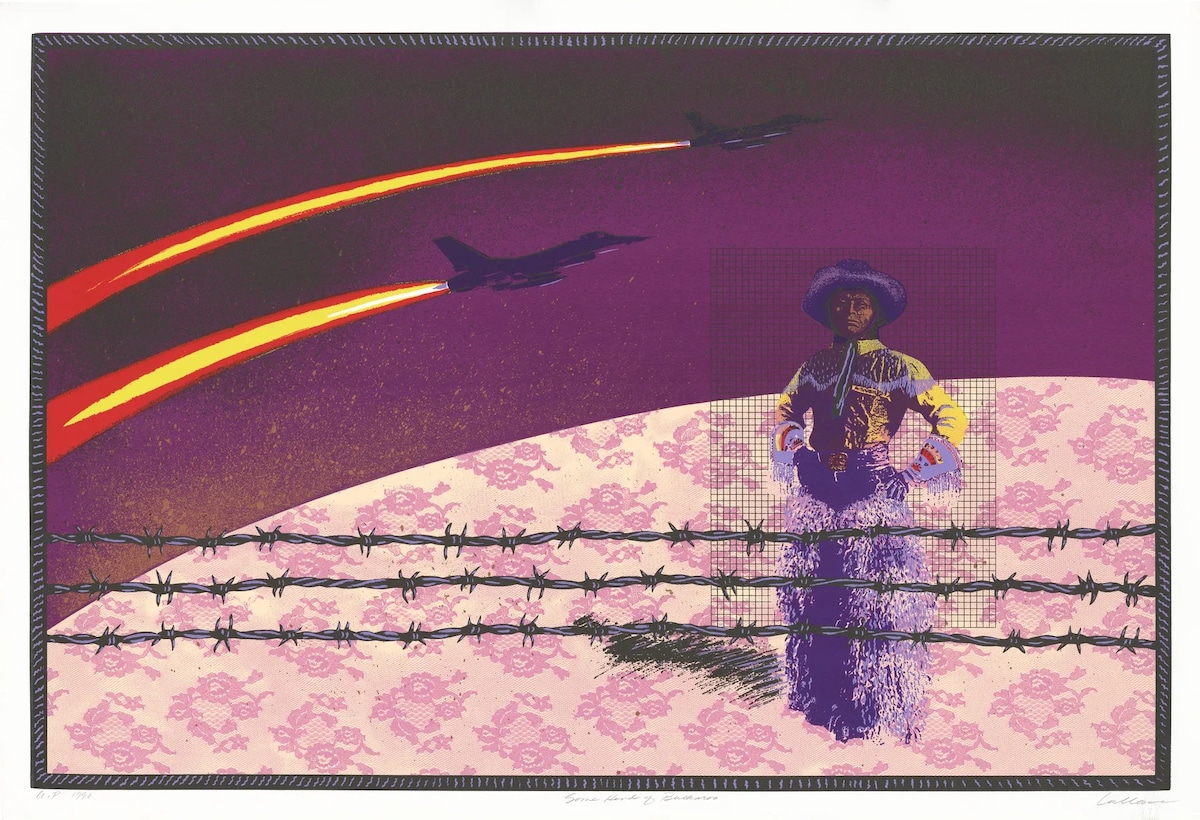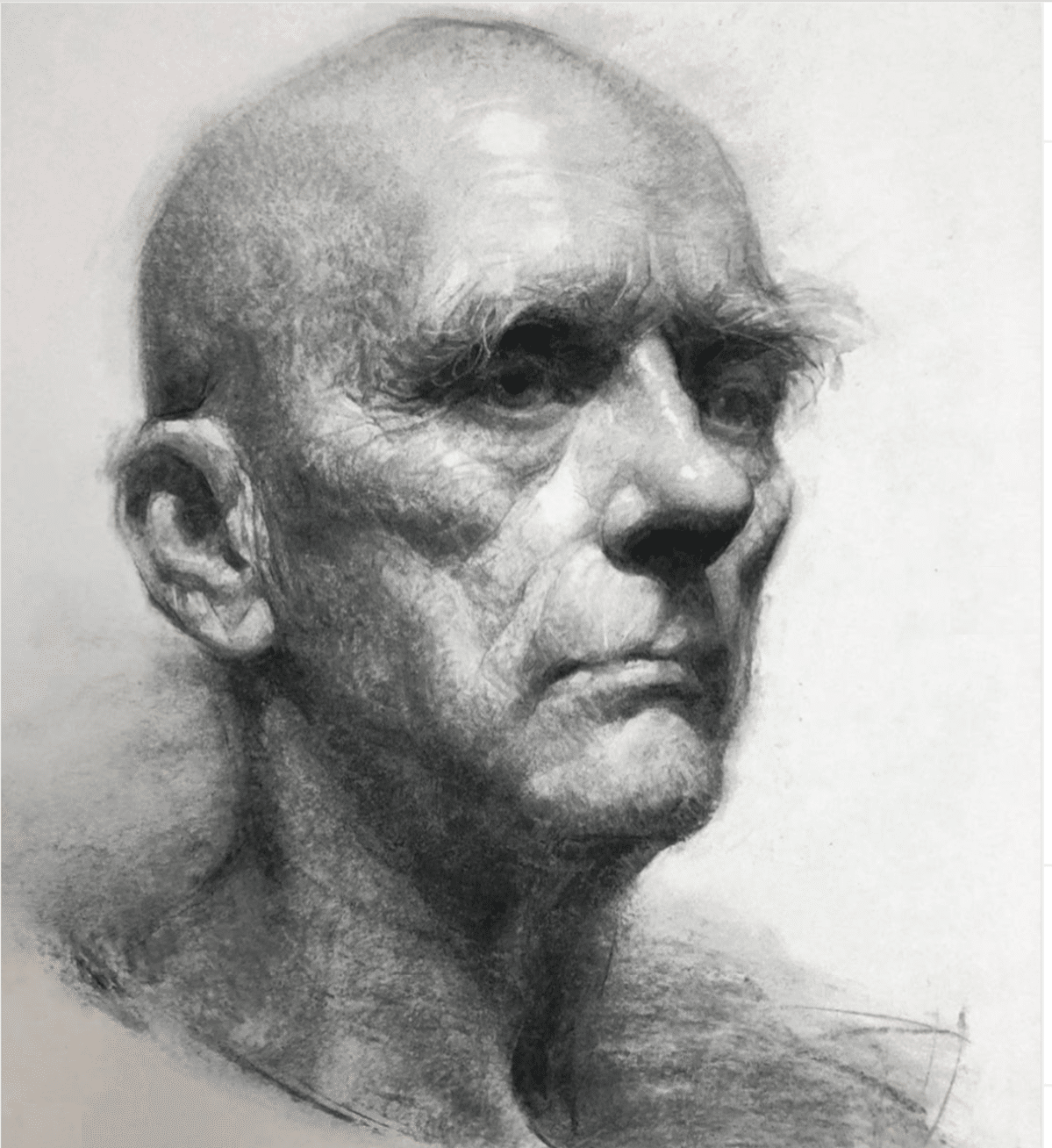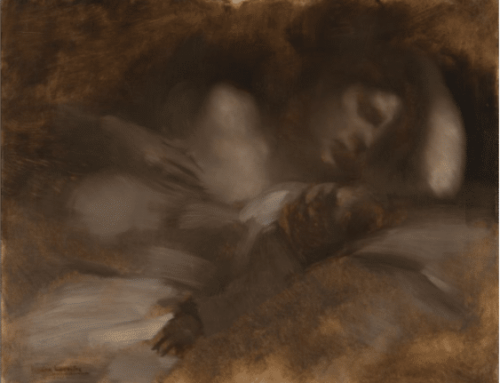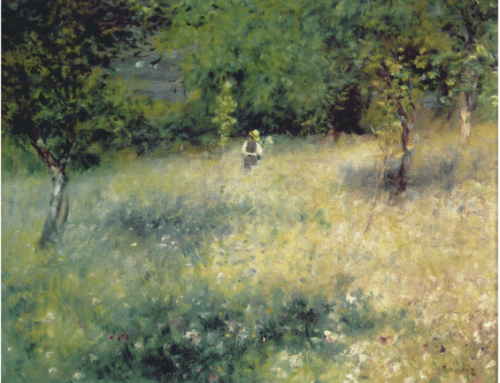The great adventure of art-making is self discovery. Follow the art you like and see what it teaches you, not just about art but about yourself.
Nurture the technical ability to explore the relationship between yourself and the world in tangible, expressive form. Simply put, that’s the job.
See how you stand in terms of nature. Nature here means everything that you can stand apart from and contemplate as separate from you: barns, waterfalls, other people, forests, cities, fields, streets, and seas – even to some extent the passing sorrows, joys, and momentary or lasting impulses of your own inner world. Your job is to take it all in and try to get as much of it as possible into your work.
Art is the mixture of more or less discovery and spontaneity. Observation records, art invents; both are needed. In making art, a third thing is created that did not exist before.
You can’t control what people think about your work, but you can push yourself to forge an ever more perfect union of content (feelings and ideas) and form (technique). The two strive to become one.
Content is alternately known as what your work is about. It’s probably best not to know what that is when you begin making paintings. Over time though, if you are brave and persistent enough to let your work become more and more like yours alone, the work itself will reveal to you what it is about.
Some Kind of Buckaroo

Jean LaMarr, Some Kind of Buckaroo (1990).
Collection of the Nevada Museum of Art, The Robert S. and Dorothy J. Keyser Foundation Art of the Greater West Collection Fund © Jean LaMarr.
American artist and activist Jean LaMarr (Northern Paiute/Achomawi) is receiving a career-spanning retrospective (until 29 May) at the Nevada Museum of Art in Reno, NV. The exhibition showcases her important role in advancing contemporary Indigenous art in works that powerfully fuse Indigenous cultural elements with Modern art.
The exhibition highlights five decades of LaMarr’s diverse practice, from the abstract geometric prints she made in the 1970s that evoke the design of Indigenous baskets, to a work produced for the exhibition that takes the form of a geodesic willow sweat lodge, which symbolically aims to cleanse the legacy of American Indian boarding schools in the US that sought to “civilize” Native children.
LaMarr describes herself as a community artist-activist. She lives on the Susanville Indian Rancheria in northeastern California, where she operates the Native American Graphic Workshop.




